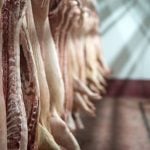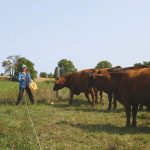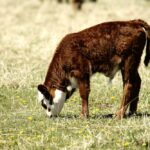
Features

Choosing safe days to graze
Using the VBP+ Record of Herbicide or Pesticide Use on Pasture or Harvested Feed to maintain food safety

Time-saving tips for electric fences
Whether you’re setting up or troubleshooting an electric fence, these tips can make your life easier

The night we painted a Mountie green
Veterinary Case Study: While speeding to an emergency call, Dr. Ron Clarke recruits unexpected help

An unconventional start to a farming career
You can set aside any notion of ‘typical’ when it comes to this beef producer

Stocking cattle and stockpiling forage
Tim Wray walks us through his family’s plan for the grazing season as they seek to balance forage supplies with cattle inventory

New calculator to help analyze Johne’s testing options
The online tool provides producers with a range of possible management scenarios for their herds

Hospitality 101: Attracting people to your field day or private treaty sale
There’s more than one way to sell a bull. A Canadian Cattlemen community coffee shop discussion from across the Prairies on how to get it done

Lupines and crooked calves
If you’ve seen birth defects such as fused joints, crooked legs or cleft palates in your newborn calves, toxic plants could be the culprits

A leg up for young cattle producers
CCA’s new president discusses his priorities, including investing in the beef industry’s next generation, improving market access and risk management, plus protecting Canada’s herd from foot-and-mouth disease

The essentials to achieving anything worthwhile
Veterinary Case Study: The three great essentials to achieving anything worthwhile are hard work, stick-to-it-iveness and common sense



